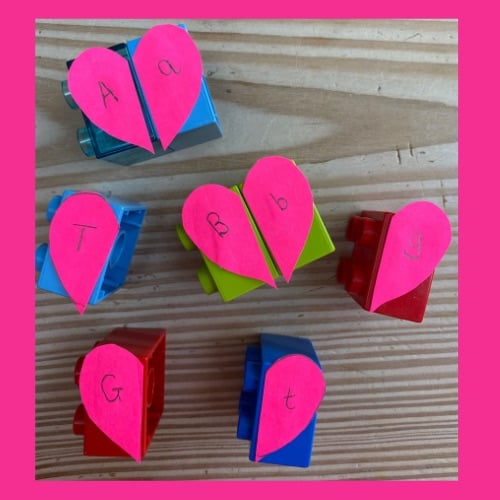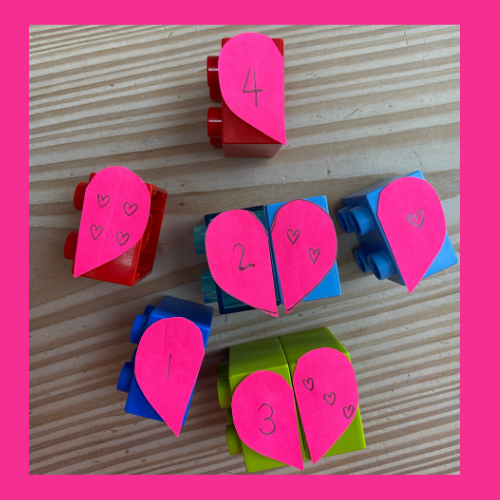Happy Valentines Day: Early years matching activity❤️
- February
- 2 mins

Please select from one of the below options to be redirected to the booking pages for our schools
Valentine's Day is a celebration of love and affection, and there are several ways to teach children about this holiday. Some ideas include:
Explaining the origins of the holiday: You can tell children about the history of Valentine's Day and how it originated as a celebration of Saint Valentine, a Christian martyr who was known for his acts of kindness.
Making Valentine's Day crafts: Children can make Valentine's Day cards or crafts to give to their family and friends. This activity can help them learn about the importance of showing love and appreciation for those they care about.
Talking about love and kindness: You can have discussions with children about the different types of love and kindness, such as the love between family members and friends, and the importance of being kind to others.
Sharing stories: You can read children stories about love and friendship, such as "Guess How Much I Love You" by Sam McBratney, or "The Giving Tree" by Shel Silverstein.
Encouraging acts of kindness: You can encourage children to do kind things for others, such as sharing toys or helping someone in need, to help reinforce the message of love and kindness on Valentine's Day and beyond.
Incorporating valentines day themes to support early years maths and literacy is also a way to celebrate whilst making education lots of fun. Below is a simple matching activity you could try at home, all you need is some paper and some building blocks! This activity is great as you can also differentiate the illustrations depending on your child’s stage of development, starting from matching colours, symbols and shapes, to numbers, letters and words!
Children typically begin developing the ability to subitize around the age of 3 or 4, and this skill typically improves as they get older. By the time children are 5 years old, they should generally be able to subitize sets of objects up to 5. Children typically begin recognizing letters of the alphabet between the ages of 2 and 3 years old. By age 4, most children are able to recognize and name some letters of the alphabet. By age 5, many children can recognise most or all of the letters of the alphabet and may even be able to write some of them. However, it is important to remember that each child develops at their own pace, and some may acquire this skill earlier or later than others. It is also important to provide opportunities for children to practice subitizing through games and activities that involve recognising and identifying small sets of objects.

